Continuing the theme, our thanks to our friends at the Cornell Lab of Ornithology, and especially its director, for this message. It came in an email, but click the image above to go to the Lab’s website where the message continues with the resources you will also find below:
A Message from Our Director
Dear Friend,
March is normally the month when my wife Molly and I head to central Florida where, every year since 1972, I have studied Florida Scrub-Jays. Things are quite different this year, with the entire world hunkering down for an extended fight against the spread of COVID-19.
Even though I’m sticking close to home for now, I am comforted to know the scrub-jays are there, pairing up under the bright Florida sun, lining new nests with palmetto fibers, unperturbed by the tremendous human ordeal around them.
I often talk about the power of birds, but this year they take on an even more powerful meaning. They enliven our days, brighten the trees, serenade in our backyards and city parks, and bestow us with so much joy and hope, all bundled together in feathers and lively personalities.
Like everyone around the world, we at the Cornell Lab are adjusting to new routines. We’ve also spent recent days scouring our brains and our servers for ways to help—in some small way—people who find their daily lives upended.
If you’re a teacher prepping for a new kind of remote class, we’ll send you ideas. A parent or grandparent whose kids are on an unexpected “spring vacation”? They can play our games and learn. Are you a bird watcher with extra time on your hands—or an inveterate traveler now homebound? We can bring birds and bird song into your home—or let you explore the farthest reaches of the world in sounds and images.
A core part of our mission is to help people celebrate the wonder of birds. We do it because you (and we) love birds, are amazed by their powers, and even gain solace from them and a deep, clean breath of hope.
Together we’ll all get through this. In the meantime, whenever you may need a moment of respite, we invite you to explore, enjoy, wonder, replenish, and spark hope with the resources we have to share.
With my best wishes
John W. Fitzpatrick, Director
Cornell Lab of Ornithology Continue reading →

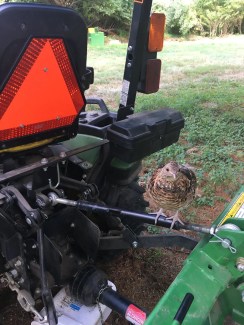

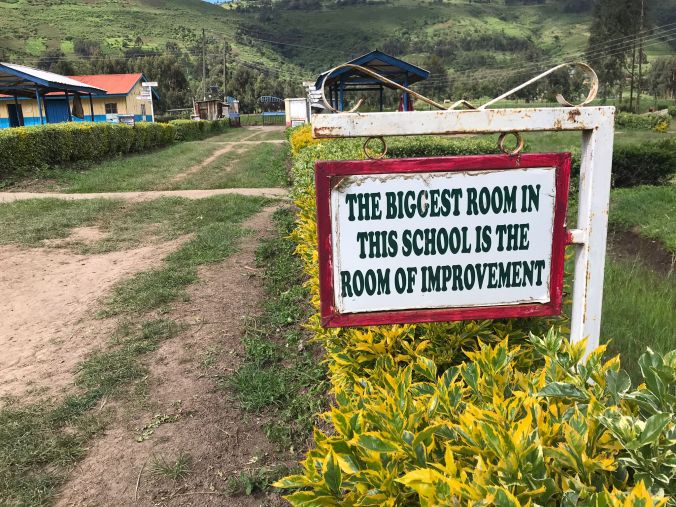
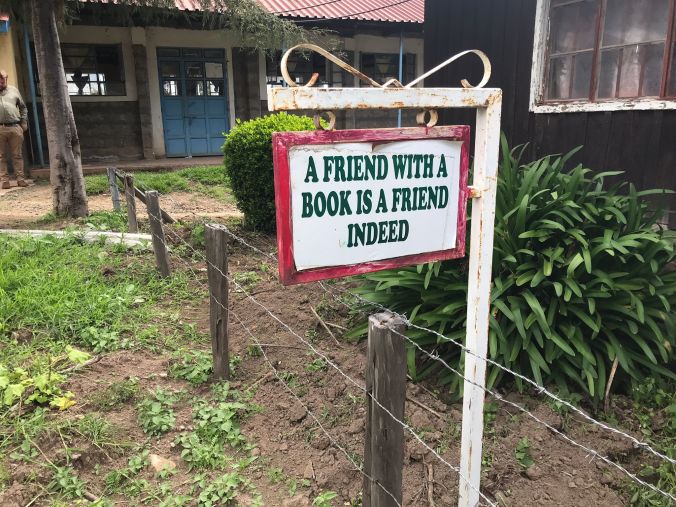
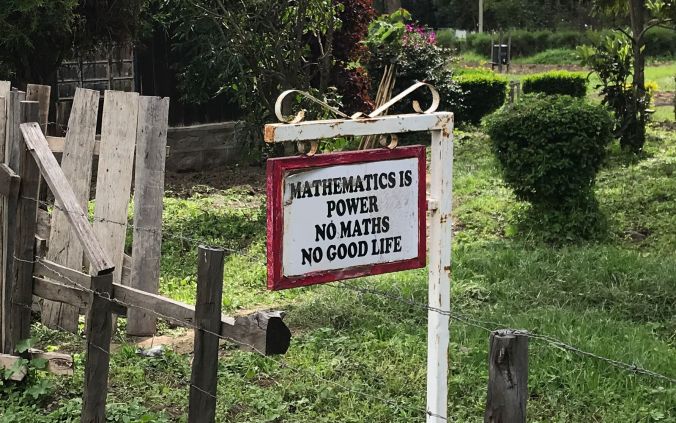














 I especially appreciated the advice of paying attention to the coffee that you purchase, because it can have significant impact on migratory birds. The new series of
I especially appreciated the advice of paying attention to the coffee that you purchase, because it can have significant impact on migratory birds. The new series of 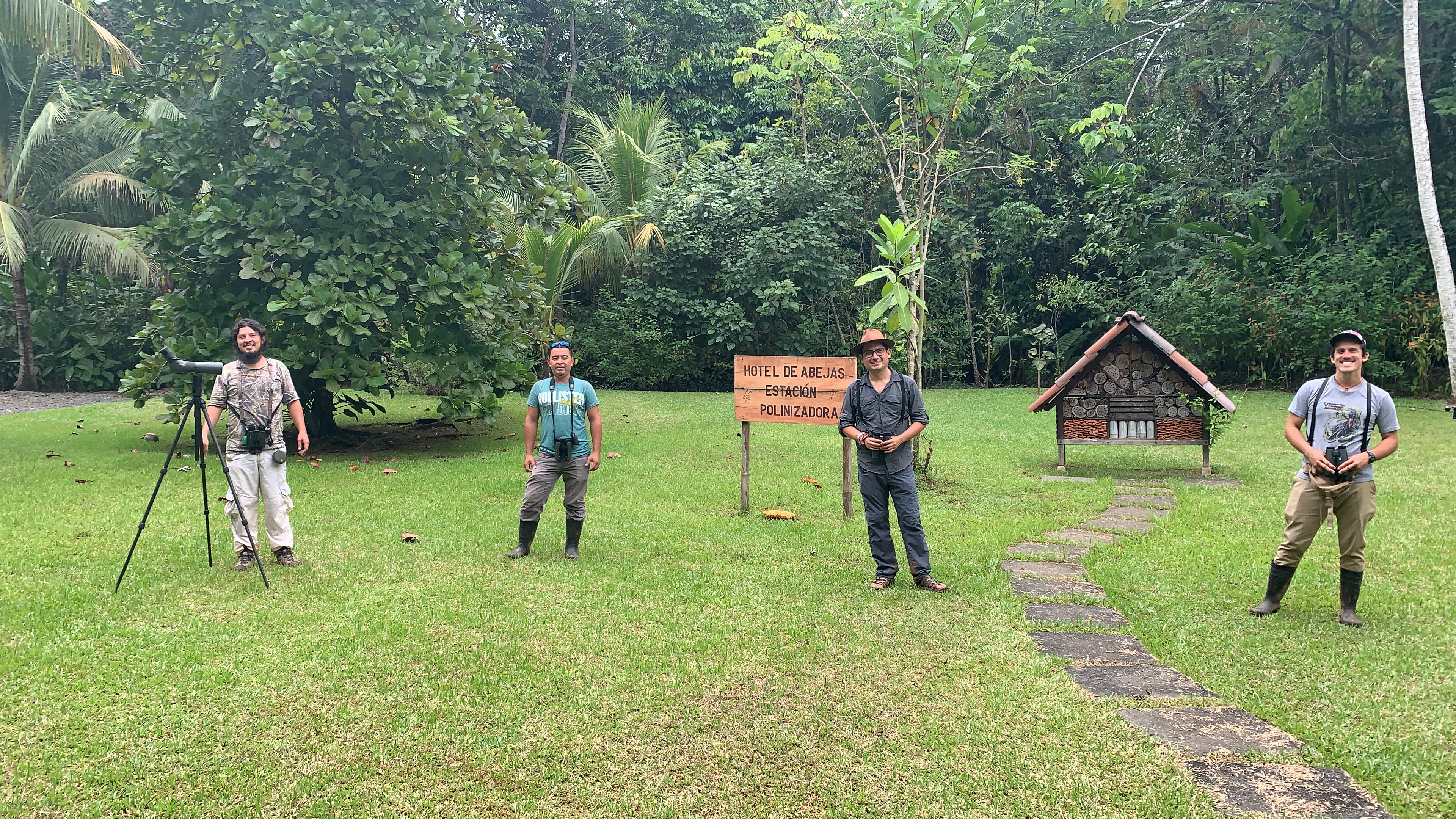
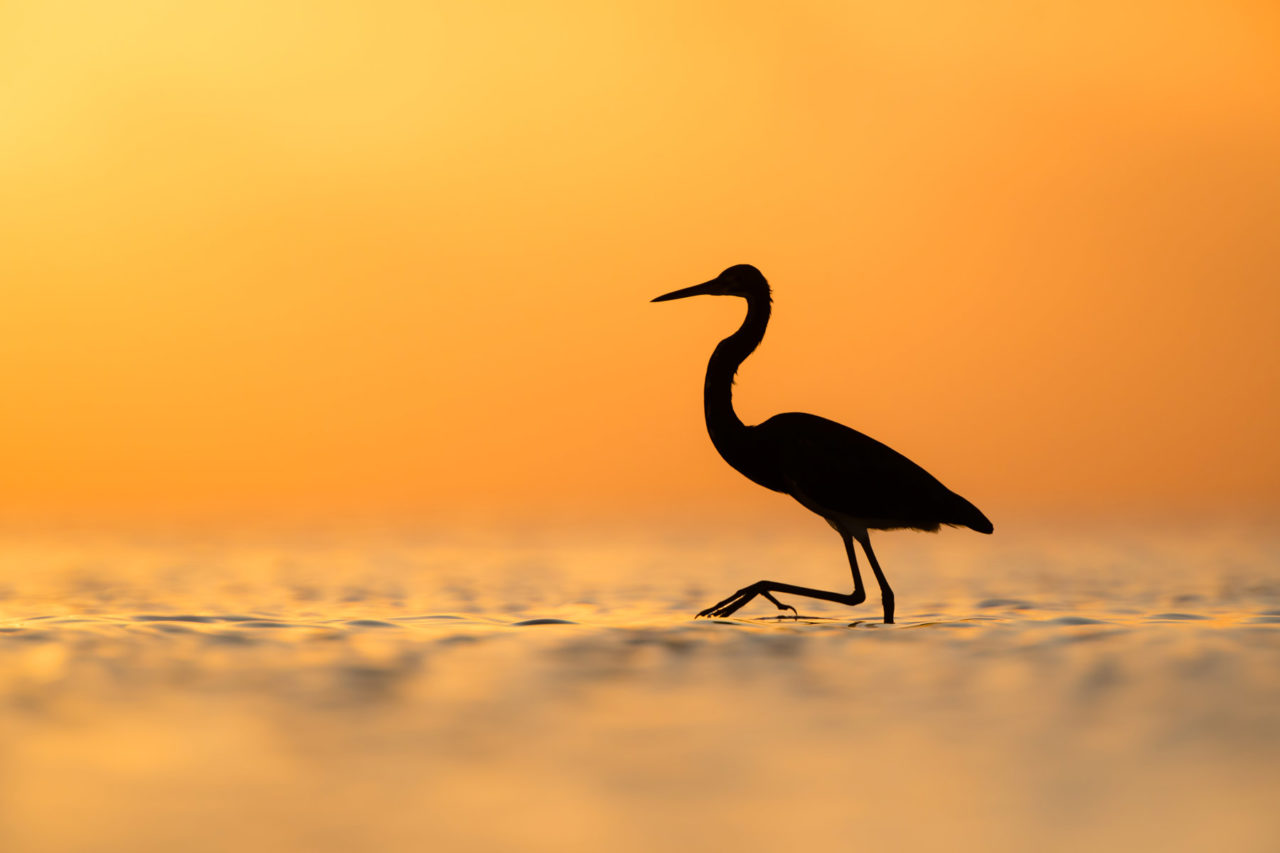


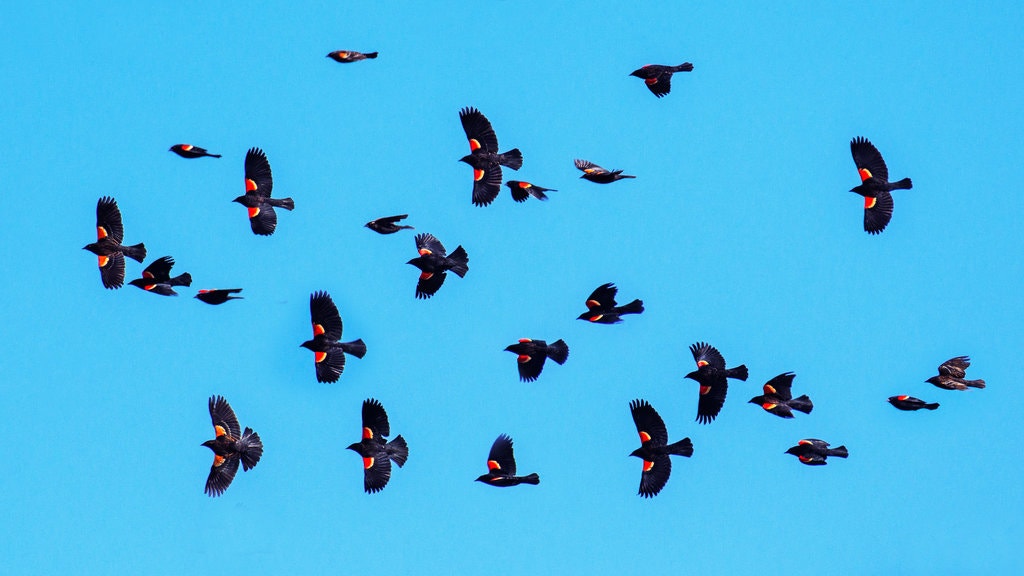
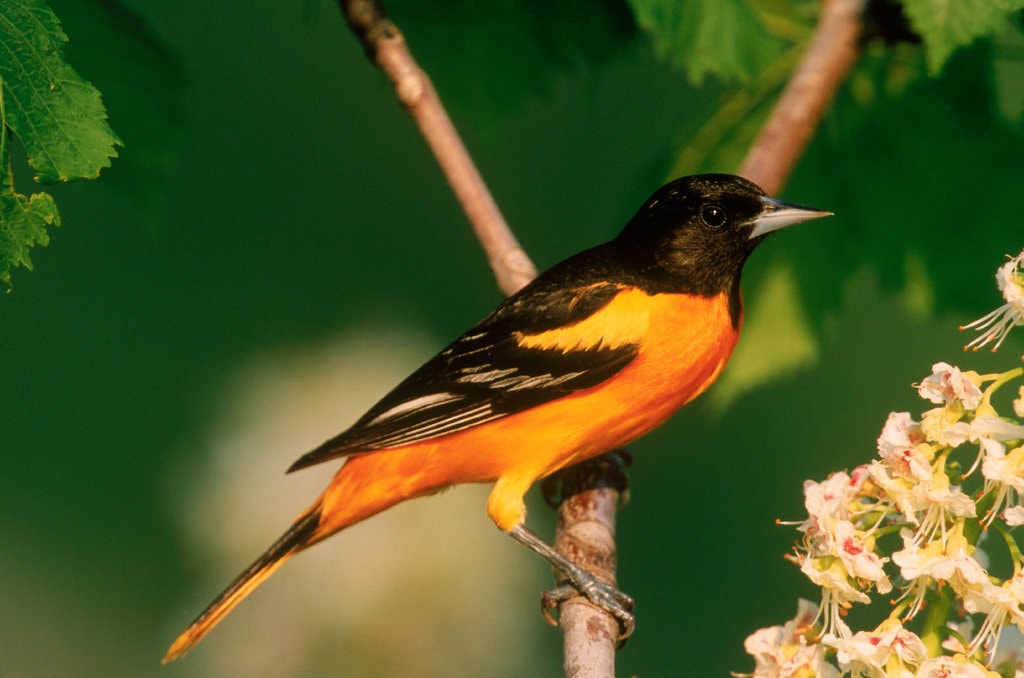
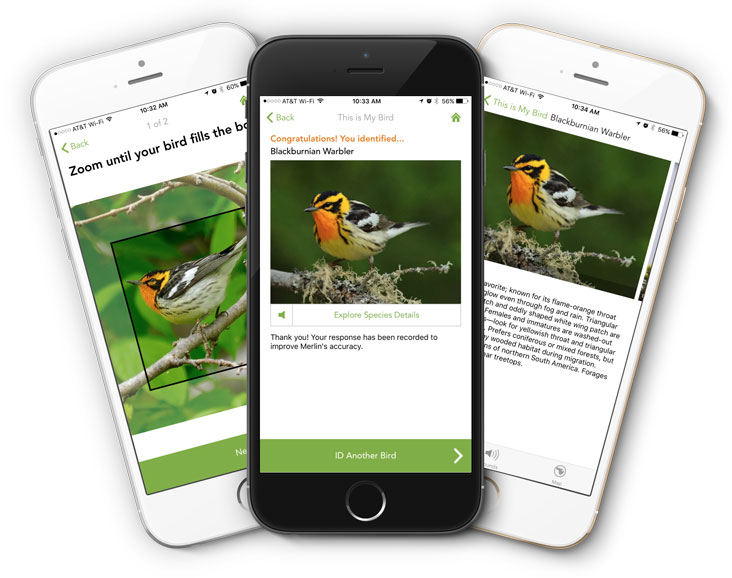
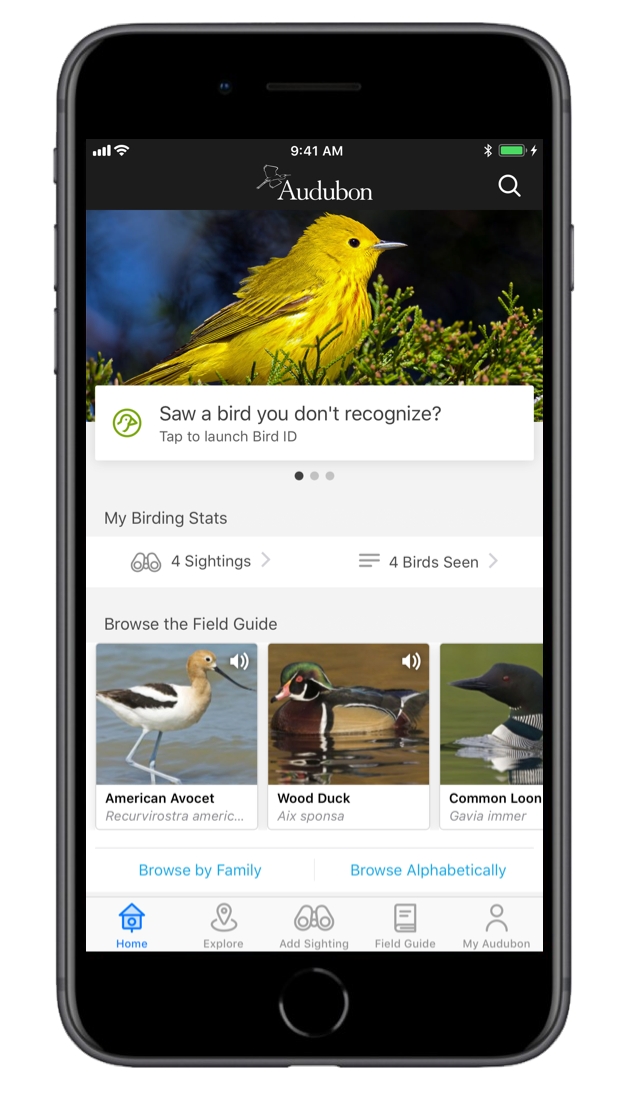
 When we first became aware of
When we first became aware of